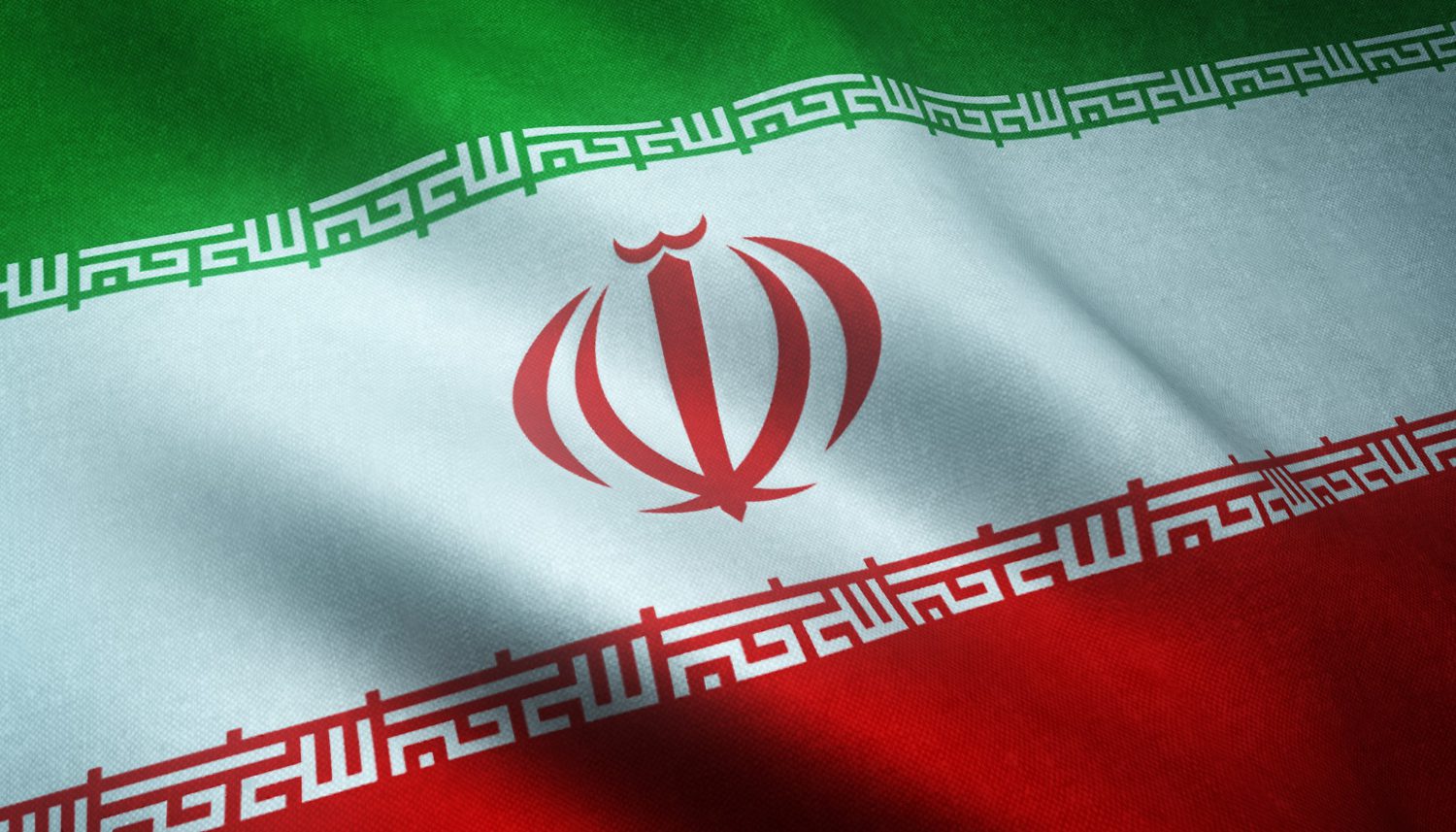The Joint Comprehensive Plan of Action (JCPOA) more commonly known as the Iran Nuclear Deal was signed in 2015 between Iran and several world states with the P5+1 (i.e. USA, UK, China, Russia, France, and Germany) being at the heart of the agreement. Under its terms, Iran agreed to dismantle much of its nuclear program and open its facilities to more extensive international inspections in exchange for billions of dollars worth of sanctions relief. The deal placed a cap on Iran’s uranium enrichment and plutonium production levels to ensure that it doesn’t produce highly enriched- weapons-grade uranium. Its stockpile of enriched Uranium was reduced by 98%. Steps were also taken to ensure that Iran’s nuclear facilities pursued only civilian work, including medical and industrial research. The deal’s measures aimed at giving the international community at least one year’s warning- called the ‘breakout time’- to act If Iran sought to break out and make a nuclear weapon.
In 2015, it was estimated that in the absence of an agreement, Iran could produce enough nuclear material for a weapon within a few months. This meant that Iran’s nuclear program had the potential to destabilise the Middle Eastern region. Given the regional rivalry between Tehran and Jeddah, the latter has signalled a willingness to obtain a nuclear weapon if the former successfully detonate one. Moreover, Israel had taken preemptive military action against suspected nuclear facilities in Iraq and Syria and could do the same against Iran, perhaps triggering reprisals by Lebanon-based Hezbollah or disruptions to the transport of oil in the Persian Gulf. This regional rivalry and the threat of reprisals make the Iran Nuclear deal crucial, however, with Trump’s withdrawal from it in 2018 and the reimposition of sanctions, the deal has been in jeopardy.
Citing Trump’s unilateral withdrawal from the deal as a violation of it, Iran has used the period from 2018 onwards to continue to build its nuclear program. It has developed, tested, and deployed over one thousand advanced centrifuges- machines that spin at supersonic speeds and refine Uranium- and has been enriching Uranium at 60%, sixty per cent is almost weapons grade while commercial enrichment is at 2-3 per cent. These measures would dramatically shorten the time Iran would need to reach a bomb’s worth of fissile material, hence decreasing the breakout time- on which the Iran Nuclear Deal heavily relied- from one year to a few months. Moreover, there has also been a consistent pattern of Iranian failures to live up to its IAEA- International Atomic Energy Agency- safeguards obligations. These include repeatedly failing to declare to the IAEA nuclear material and related activities, denying and delaying IAEA inspectors’ access to sites that contain these materials, attempting (though failing) to effectively cleanse facilities before the arrival of inspectors to cover up activities, and providing repeatedly false responses to IAEA inquiries. This means that it’s even harder to go back to the original treaty now. The knowledge and experience Iran has gained in its nuclear program cannot be erased. Even if negotiators succeed in getting all parties to reaffirm their commitments to the JCPOA, the deal’s original value has been significantly degraded by Iran’s increased proximity to a nuclear weapons capability.
However, there are still attempts at the renewal of the deal. Since US President Joe Biden assumed office, the nominal goal of all the negotiating parties has been to renew their commitments to the Iran Nuclear Deal. Iran has also reluctantly come to accept that not all sanctions imposed on Iran by former president Donald Trump’s administration can be waived. Iran’s economy has also been somewhat impacted by the reimposition of sanctions which means it has some incentive to revive the deal. Despite all this, there still has been little progress. In the EU-mediated talks between Iran and USA in Doha, Iran’s central demand has been that the Islamic Revolutionary Guard Corps be removed from the US’s list of foreign terrorist organizations. The US deems this as something that doesn’t concern the Nuclear deal and so far the talks have ended with little progress. Iran has also demanded verifiable and objective guarantees from the USA it will not violate its obligations again, and that sanctions will not be re-imposed, however, Washington maintains that it could not give Iran legal guarantees that a future U.S. administration would stick to the deal.
While the broader talks have been stalled since March, the recent restrictions placed on UN weapons inspectors, Iran’s speeding up of uranium enrichment, and a joint statement by Germany, France, and the UK claiming that Iran was testing ballistic missiles designed to be capable of delivering nuclear weapons have created a sense of urgency. With the Russia-Ukraine war still ongoing and speculations of Trump returning in the 2024 elections, the future of the Iran Nuclear Deal remains uncertain.
Image Credit: wirestock – www.freepik.com



















